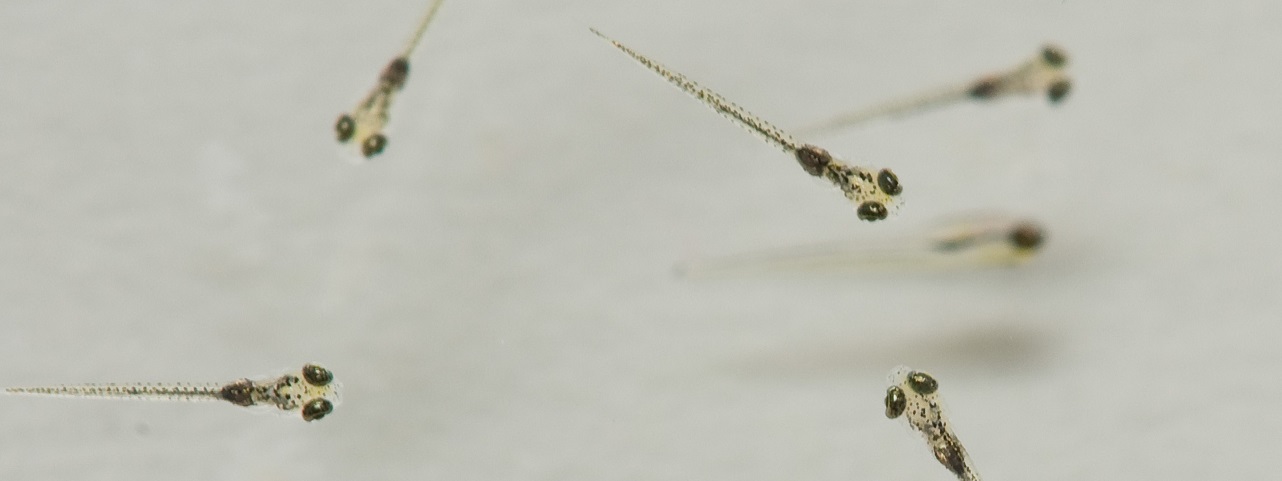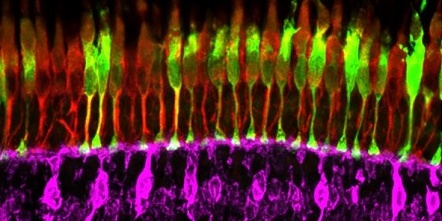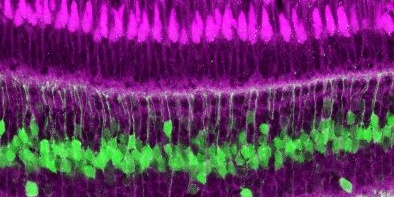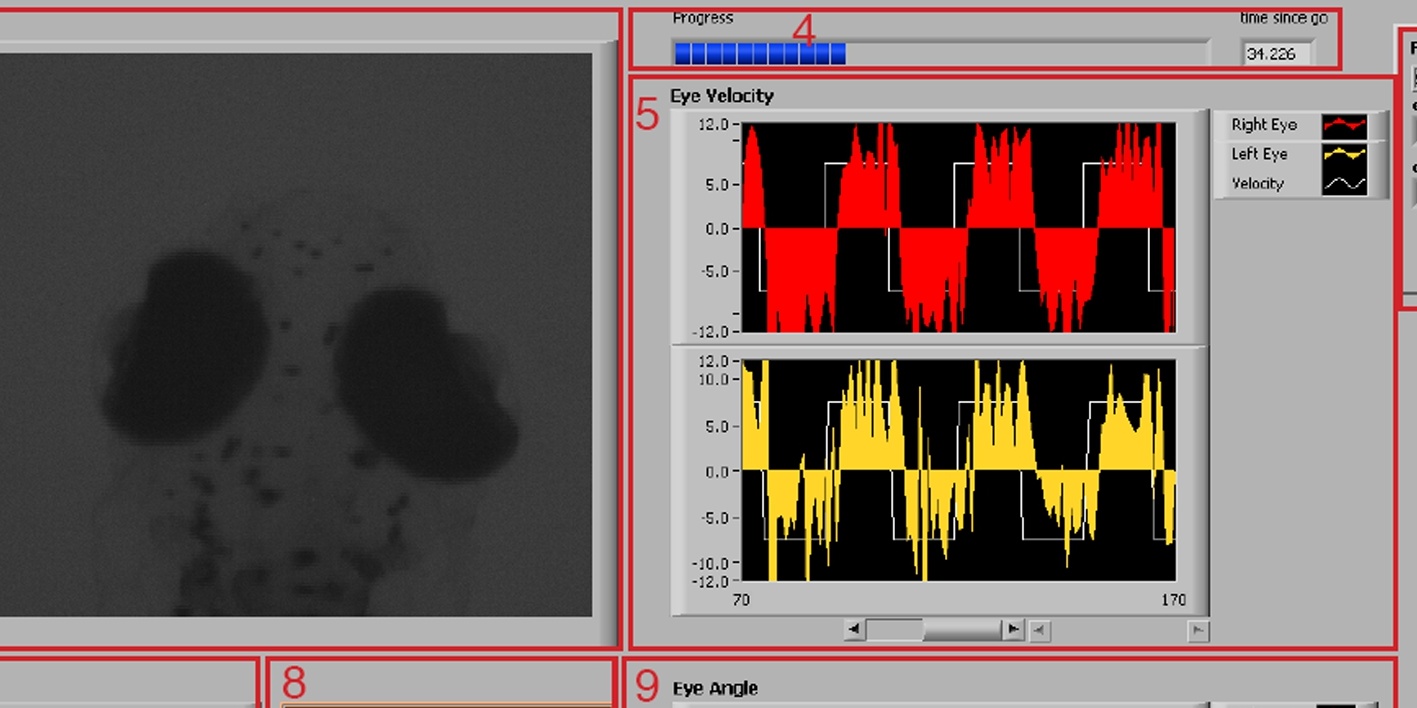Navigation auf uzh.ch
Navigation auf uzh.ch

Our laboratory is interested in the genetic analysis of vertebrate visual system development and function, with a focus on the retina.
The retina, which is a part of the nervous system, is well suited for studying brain function due to its accessibility. In our studies, we use the zebrafish, a small teleost native to tropic regions of the Indian peninsula.
This increasingly popular model organism offers a number of experimental advantages, such as easy maintenance, high fecundity, transparent embryos, and rapid embryological development.
Importantly, strains carrying mutations and transgenes can efficiently be constructed by CRISPR/Cas9 genome editing and transposon based transgenesis.

Cone Photoreceptor Visual Transduction
The vertebrate retina contains two types of photoreceptor, namely rods and cones. Rods are adapted for dim light vision, while cones function at brighter light and mediate high resolution color vision.

Glutamate Signaling and Homeostasis in the Central Nervous System
Glutamate is the main excitatory neurotransmitter in the vertebrate central nervous system. In order to ensure faithful synaptic transmission and to prevent excitotoxicity, the synaptic concentration of glutamate needs to be tightly regulated.
: wt vs belladona mutant.jpg)
Models of Heritable Human Diseases
Due to the ease of genetic manipulation, human heritable disorders can be modeled in zebrafish to understand the cellular pathology in more detail. This is of particular importance for progressive degenerative eye disease, where human biopsies are only available post mortem.

Assessment of Zebrafish Behavior
Our laboratory has a long tradition of developing behavioral assays of visual behaviors. These include automated version of the optokinetic reflex, well suited to assess visual performance of zebrafish larvae in a “fish theatre”.
_%20PKC%20Phylogeny%20Cropped.jpg)
Evolution of Gene Families
Zebrafish are members of the teleosts (ray-finned fishes) that constitute more than half of all extant vertebrate species. This remarkable radiation was likely helped by a whole genome duplication event that occurred at the base of the lineage.